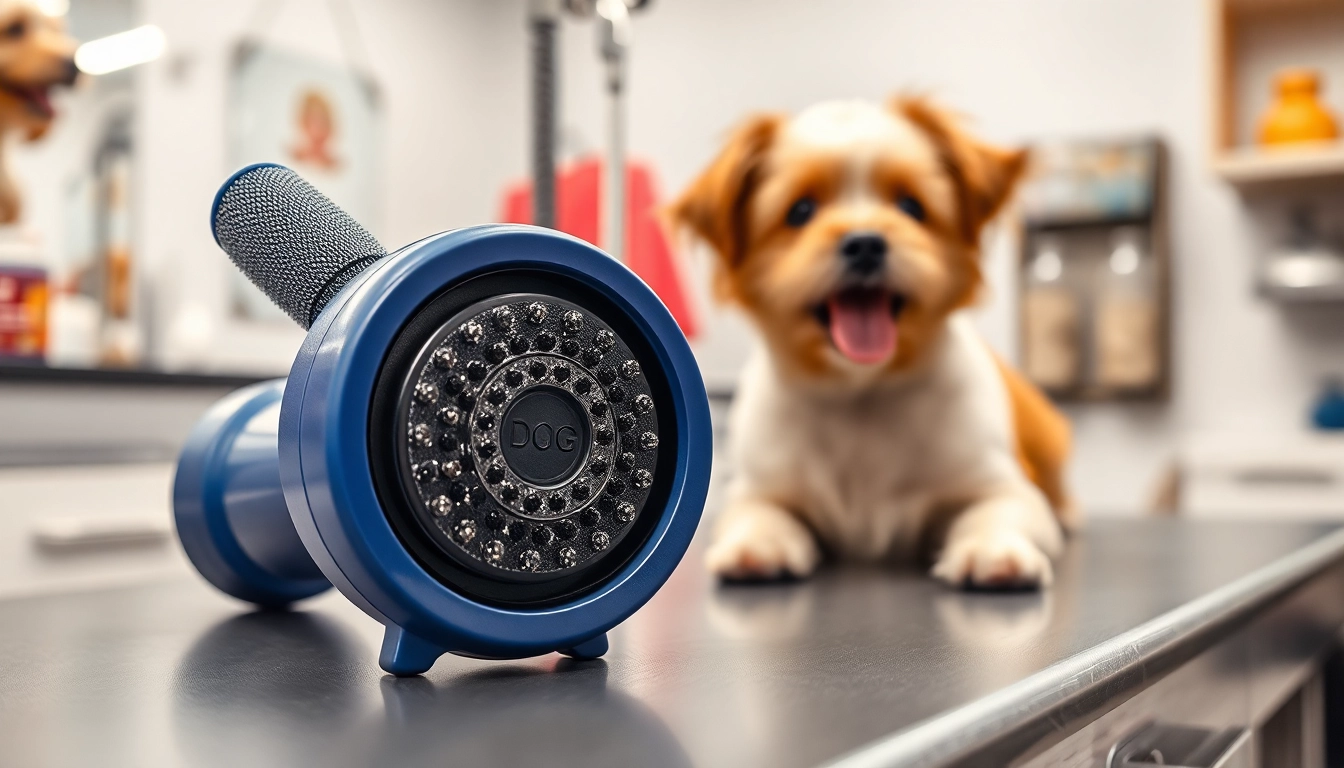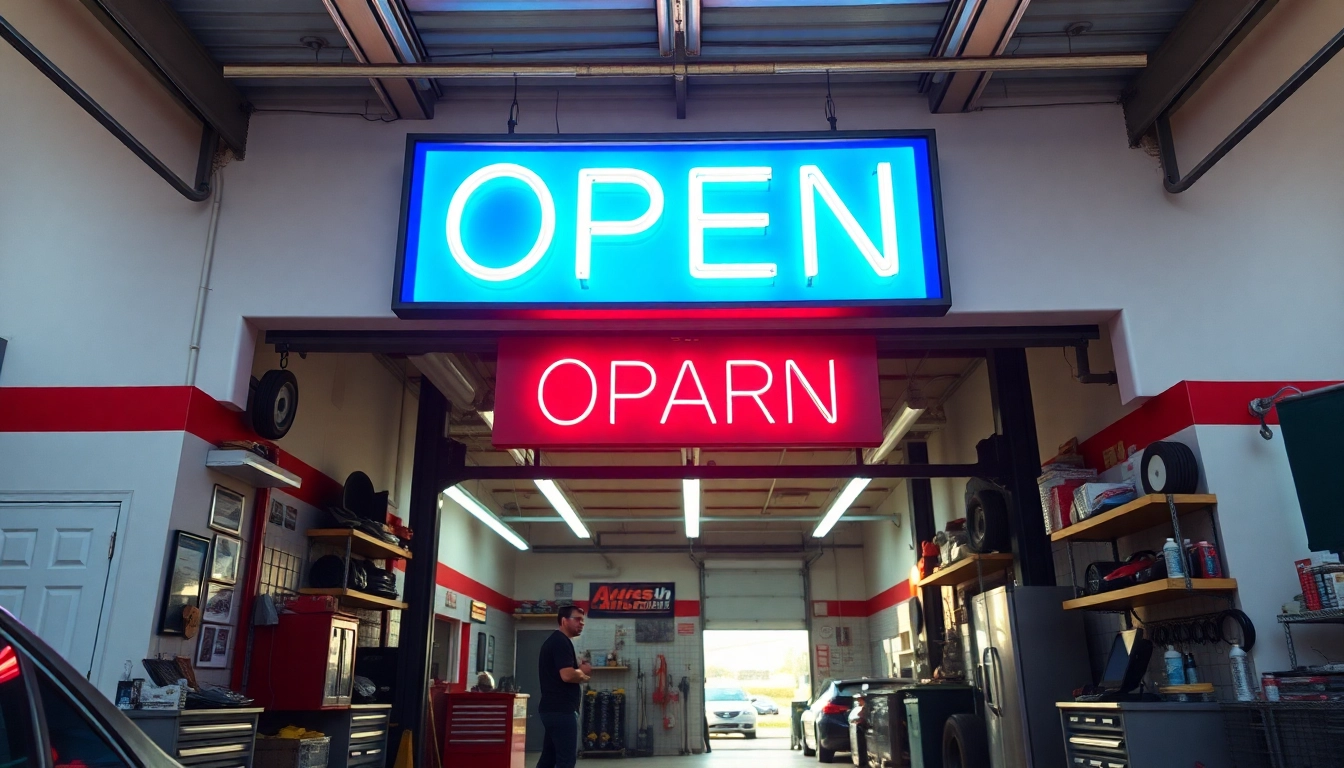Top Dog Grooming Tools for Perfect Pet Pampering at Home

Understanding Essential Dog Grooming Tools
Dog grooming is not merely about aesthetics; it plays a crucial role in maintaining your furry friend’s overall health and well-being. Investing in quality dog grooming tools can significantly enhance the grooming experience for both you and your pet. Understanding the various types, functions, and benefits of these tools can help streamline the grooming process and ensure your dog remains happy and healthy.
Types of Dog Grooming Tools
The world of dog grooming tools is diverse, encompassing a range of implements designed for specific grooming tasks. Familiarizing yourself with the types of tools available can help you select the best ones for your dog. Here are some essential grooming tools:
- Brushes: Brushes come in various styles for different coat types. Slicker brushes are ideal for removing mats, while bristle brushes work well on short-haired breeds.
- Combs: These are perfect for detangling and smoothing out your dog’s fur after brushing.
- Clippers: Electric clippers are used for trimming and shaving fur, particularly in breeds that require regular haircuts.
- Nail Grinders: Tools designed to trim and smooth dog nails without the risk of splitting or cracking.
- Bathing Tools: This includes shampoos, conditioners, and bath brushes, essential for maintaining your dog’s skin and coat health.
- Ear and Eye Care Tools: Tools specifically designed to clean and maintain your pet’s ears and eyes, ensuring cleanliness and preventing infections.
Choosing the Right Dog Grooming Tools
Selecting the appropriate grooming tools involves considering factors such as your dog’s size, breed, and coat type. For instance, long-haired breeds typically require more specialized tools, like combs and slicker brushes, while short-haired dogs may only need a basic bristle brush. Moreover, consider your own comfort while using these tools. Ergonomically designed tools can make grooming less strenuous on your hands and wrists.
Price Ranges for Affordable Dog Grooming Tools
The price of dog grooming tools can vary significantly based on quality, brand, and type. You can find basic grooming tools starting as low as $10, while high-end, professional-grade grooming kits can exceed $100. It’s essential to balance cost with quality; investing in reliable tools can save you money in the long run as they are likely to last longer and perform better.
Benefits of Regular Grooming with Proper Tools
Regular grooming with the right tools can lead to numerous benefits for your dog, ranging from health improvements to enhanced bonding time. Here’s a closer look at the advantages:
Health Benefits for Your Dog
Routine grooming helps in monitoring the overall health of your dog. Regular brushing can prevent matting, which can lead to skin infections, while checking for unusual lumps or bumps can catch potential health issues early. Moreover, nail trimming can prevent painful conditions like overgrowth, which can lead to difficulty in walking and even infections.
Enhancing Bonding Time
Grooming can also serve as a bonding activity between you and your dog. Taking the time to groom your pet allows for interaction and trust-building. This time spent together strengthens your relationship, making your dog feel more secure and relaxed in your presence.
Improving Coat and Skin Condition
Using the right grooming tools on a regular basis can lead to a healthier coat and skin. Regular brushing helps distribute natural oils throughout the fur, leading to a shinier and softer coat. Additionally, it can help alleviate dandruff and dry skin by promoting better skin health.
How to Use Dog Grooming Tools Effectively
Employing the right techniques is critical to maximize the benefits of your grooming tools. Here’s how to effectively utilize these tools:
Step-by-Step Guide for Beginners
For those new to dog grooming, following a structured approach can simplify the process:
- Gather your tools: Ensure you have all the necessary grooming tools ready before you begin.
- Choose an appropriate location: Select a comfortable spot with good lighting where your dog feels relaxed.
- Brush before bathing: Brush your dog’s coat thoroughly to remove loose hair and mats before spraying with water.
- Bathe your dog: Use a dog-friendly shampoo and thoroughly rinse to remove soap residues.
- Dry your dog: Use a towel or a pet dryer to dry off your pet gently.
- Check ears and nails: Inspect and clean the ears, and trim the nails as needed.
- Finish with a final brush: A final brushing session helps to give your dog a polished look.
Common Mistakes to Avoid
While grooming may seem straightforward, several common mistakes can hinder your efforts. Here are mistakes to avoid:
- Over-bathing your dog can strip natural oils.
- Using human grooming products can irritate your dog’s skin.
- Neglecting to check sensitive areas like the ears and paws can lead to health issues.
- Rushing the grooming process can make your dog anxious and resistant to future grooming.
Expert Tips for Advanced Techniques
For those who have mastered the basics, consider these expert tips:
- Always start with the least anxious areas of the body to build trust.
- Use treat rewards to create a positive association with grooming.
- Invest in high-quality clippers and blades specific for your dog’s coat to achieve better results.
- Learn tricks for handling difficult pets, such as calming them with gentle strokes before starting.
Maintaining Your Dog Grooming Tools
The longevity and effectiveness of your grooming tools hinge on proper care and maintenance. Here’s how to maintain your grooming toolkit:
Cleaning and Care Best Practices
Regularly cleaning your grooming tools not only prolongs their life but also ensures your dog’s safety. Here are tips for cleaning:
- Wipe clippers and blades with disinfectant after each use to prevent the transfer of bacteria.
- Brushes and combs should be cleared of hair and washed in warm soapy water at least once a month.
- Store tools in a dry, dust-free environment to minimize rust and wear.
When to Replace Your Grooming Tools
Understanding the signs that it’s time to replace your grooming tools can save time and effort:
- Blades that no longer cut properly or create tugging sensations.
- Handles that are cracked or uncomfortable to hold.
- Brushes showing significant wear or missing bristles.
Storage Solutions for Longevity
Proper storage can enhance durability and ease of access:
- Use a designated tool bag or box to store tools safely.
- Consider wall-mounted racks for easy visibility and quick access.
- Labeling storage containers can also help in quickly identifying tools.
Shopping for Dog Grooming Tools: What to Look For
When purchasing dog grooming tools, knowing exactly what to look for can streamline the shopping experience. Here are key considerations:
Reading Reviews and Ratings
Before finalizing any purchase, checking reviews and ratings can provide insight into the performance and reliability of grooming tools. Prioritize tools with high ratings and positive feedback regarding their effectiveness and durability.
Brand Comparison and Recommendations
The brand of the grooming tool can impact its quality. Trusted brands often offer warranties and customer support, which can be beneficial. Research popular brands and compare their products based on features, customer testimonials, and price.
Where to Buy Quality Dog Grooming Tools
Investing wisely means knowing where to source your grooming tools. Local pet stores often allow you to physically inspect products, while online retailers provide a broader variety and competitive pricing. Reputable online platforms usually offer better deals and ensure ease in returns.








